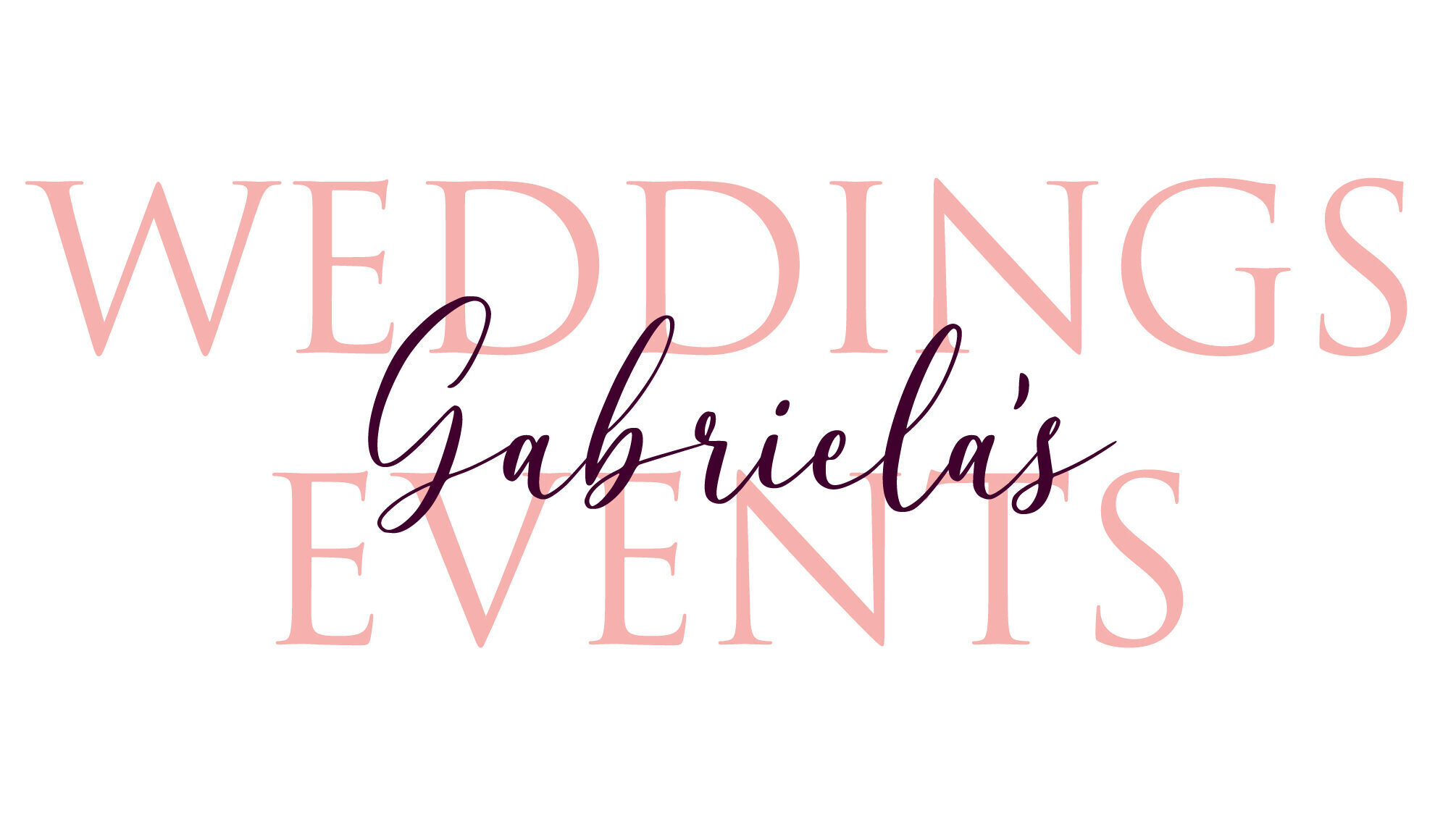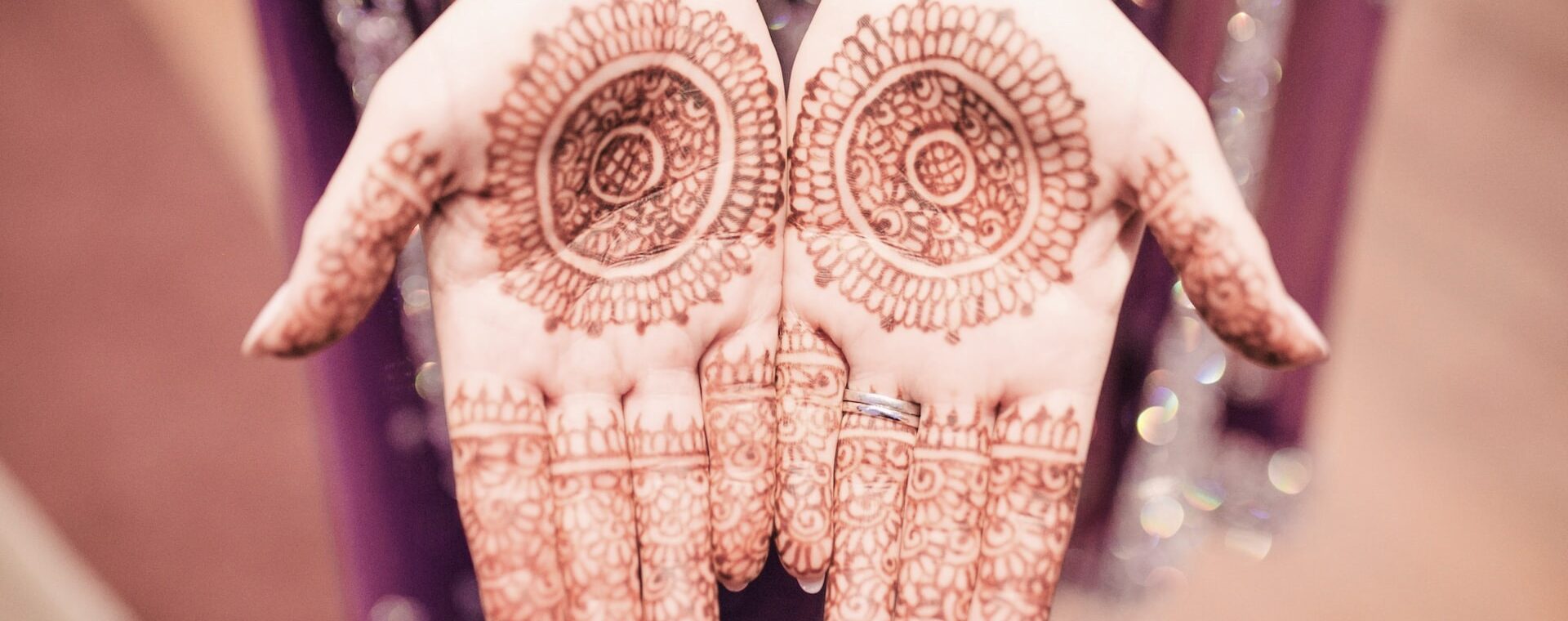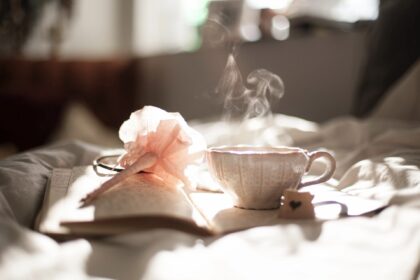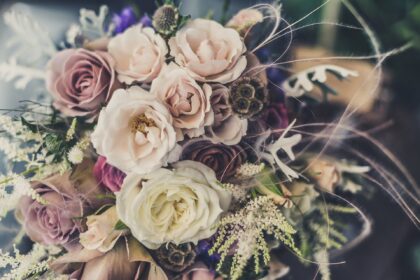Each country has its own culture, traditions and customs. It is the fact that we are different that makes us enjoy travelling and getting to know foreign countries. And just as we are different, so are the wedding customs of brides and grooms around the world.
While the main wedding custom here in the Czech Republic is for the newlyweds to sweep up the broken plates together and to eat soup with one spoon, in Turkey, which was my second home for several years, it is a tradition for the bride-to-be to make her future husband a so-called „salty coffee“. The groom has to drink the coffee with a salt instead of sugar without a word to let the bride know that he will marry her despite the obstacles.
However, few customs are the same and are found in more than one country. In Western culture, for example, we share traditions that the groom should not see the bride in her wedding dress before the ceremony, the newlyweds cut the wedding cake together, and the bride should wear “something old, something new, something borrowed, and something blue” on her wedding day. In Eastern countries, henna painting is prevalent, golden necklaces and braceletes are given to the bride during the wedding reception, the future spouses should not see each other the day before the wedding (this is also common in Western countries) and there is also a belief that the bigger the wedding and the more guests, the more successful the wedding.
And what are some other interesting traditions?
The village of Donje Ljubinje in Kosovo remains the last outpost of traditional wedding face painting on the bride. The bride’s face is painted white with intricate designs, which according to tradition are supposed to ward off evil spirits and bring good luck to the newlyweds. A wedding dress consisting of five to six layers completes the unusual look.
In India, coloured saris are worn, most often red. White is considered the colour of death and sadness in Eastern cultures. The sari also includes coloured jewellery and hands and feet tattooed with henna. These are ornaments that are meant to represent happiness, hope and love.
In China, on the other hand, it is believed that the most appropriate day for a wedding should be chosen in accordance with astrology. Choosing a lucky wedding date is probably the most important step in planning a Chinese wedding. It is believed that certain months and dates should be avoided when choosing a wedding date. For example, the number “2” means “double”, “double joy”, so it is usually considered a good number, and the number “8” is the luckiest number because it is similar to the pronunciation of the word “prosper” in Chinese. The number 9 is also a very lucky number, therefore some people prefer to get married on the 9th, 19th or 29th day to hope for a lasting marriage.
In Morocco, in addition to the above mentioned henna, brides also use ritual baths. The day before the ceremony, the bride is brought, accompanied by her family, to the “hammam” (Moorish bath) for a “cleansing” bath. Today, this custom is slowly disappearing as most of the houses are already equipped with bathrooms. But what is interesting about the bath tradition and what is its significance? It should be remembered that since ancient times, the bride’s family has rented a Moorish bath for a day so that the bride could bathe according to the traditional ritual. Usually, the bride bathed by pouring milk over her body, symbolizing purity, while the lit candles in the dark halls of the baths signified the illumination of the path to happiness that the bride would enjoy after the wedding.
In Finland, they follow the motto “Häissä syödähän surutta, eletähän huoletonna”, which means „At a wedding, let’s eat without sorrow, let’s live without worries“. Although wedding traditions are getting much closer to Western ones thanks to social media, still a lot of Finns prefer small, intimate, simple and minimalistic weddings. In earlier times, the bride was forced to cry during the wedding to protect herself from ghosts and supernatural forces. This was also part of the wedding rituals, and after the “crying” the bride’s hair was tied up as befitted a married woman. The louder the bride cried at the wedding, the happier she was to be in the future. During this ritual, the unmarried women danced around the blindfolded bride and sang a „weeping polka“ songs to remind the bride of all the good things they had experienced together. The bride then presented her wedding crown (or anadem, flower crown) to one of the unmarried women present at the wedding reception. The unmarried woman who received the crown was to marry next. The giving of the wedding crown also symbolized a change – the bride became the wife. I think we all see the similarity to the tradition of throwing the wedding bouquet. After the ceremony, at any time during the day, the bride throws the bridal bouquet among the unmarried girls. Whoever catches the bouquet gets married within a year. The symbolism is that for the bride, the bouquet is no longer needed and she passes it on so that another girl can get married.





